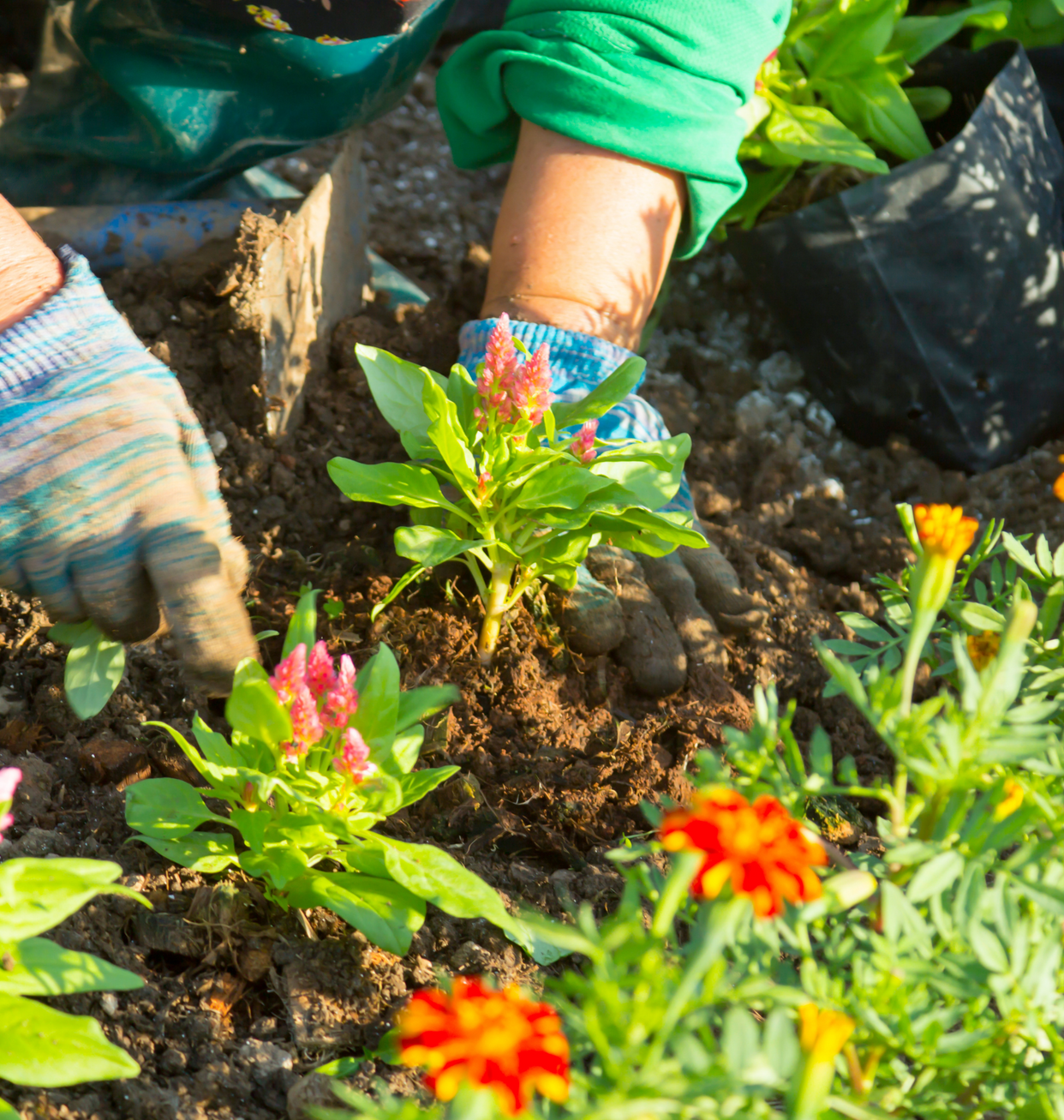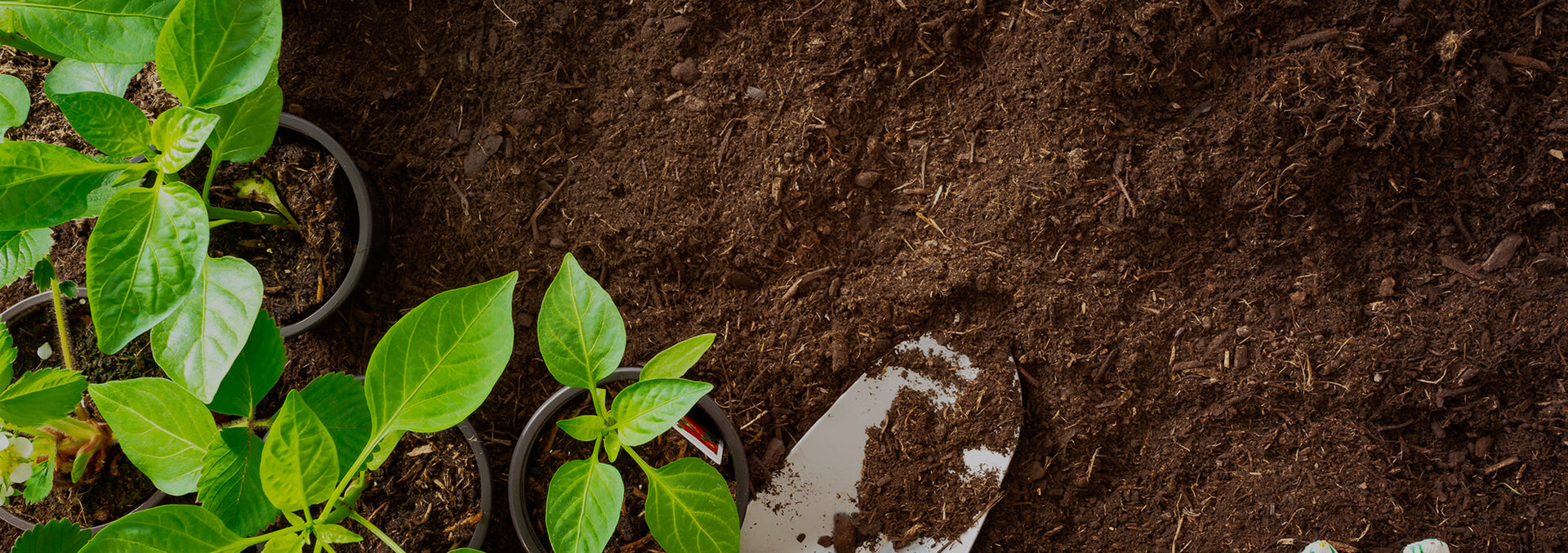
What flowers can you plant in late summer?
the sweet spot right before autumn..
As the summer season reaches its peak and the vibrant colors of nature surround us, August presents an ideal time to indulge in the art of planting flowers and plants. Despite the warmth of the sun, this month holds unique opportunities for garden enthusiasts and green thumbs alike. Whether you're a seasoned gardener or a novice looking to embark on a new horticultural adventure!
August is a transitional month, bridging the gap between the intense heat of summer and the approaching cooler autumn weather. While it may seem counterintuitive to start planting during such a warm period, there are several advantages to doing so. The soil is still warm and receptive, allowing roots to establish themselves before the onset of colder temperatures. Additionally, many garden centers and nurseries offer *end-of-summer discounts*, making it a frugal time to stock up on plants and supplies!
Without further ado- here are 10 flowers to welcome into your garden before summer is through!
1. Bee Balm - A colorful plant that will repel mosquitos, while simultaneously attracting pollinators! Plant Bee Balm in an area that receives several hours of sun a day, and in very rich well-draining soil. Bee Balm is great because it will grow back, and multiply each year! 
2. Celosia - Celosia is a unique and colorful plant that adds interest to any garden. Celosia prefers to be planted in areas that receive full sun, in a pot or directly into a garden bed. Water lightly & regularly, allowing soil to dry inbetween. Something great about Celosia is that once established, they are quite easy to propagate from - meaning if you buy one plant, you can glean many more from one single plant! 
3. Marigolds - Marigolds sprout rather quickly, from seed to bloom only taking about 8 weeks! Marigolds do best when planted in very well draining soil, and are allowed to dry between waterings. Pro tip for marigolds is to water at the base of the plant instead of directly on top, as marigold’s can be finicky when their leaves are left wet. Marigolds are also great at repelling mosquitos and rodents.
4. Lantana - Lantana is an extremely hearty plant that does best when planted in full sun. When allowed to, lantana can grow into very large shrubs. Lantana is a great plant to add to your garden if you want something that will bloom every year, and fill in large areas in garden beds. Lantana should be watered well when first planted,but once established they are very drought tolerant!  5. Chrysanthemum- Nicknamed “mums,” these large blooming beauties are sun loving and can be potted or grown in the ground. Though these flowers do not live for long, they are quite something to see as they bloom. Plant Chrysanthemums 1 ½ - 2 ½ feet apart depending on the size of the variety.
5. Chrysanthemum- Nicknamed “mums,” these large blooming beauties are sun loving and can be potted or grown in the ground. Though these flowers do not live for long, they are quite something to see as they bloom. Plant Chrysanthemums 1 ½ - 2 ½ feet apart depending on the size of the variety.

6. Zinnia - Zinnias are fast growing, drought tolerant and easy maintenance flowers. Zinnias add vibrant colors to any garden they are planted in, they come in shades of magenta, yellow, orange and cream. The best time to plant zinnia is anytime spring through late summer!

7. Verbena - Verbena (also known as vervain) comes in many brightly colored hues. Verbena needs to be planted in an area that gets at least 8-10 hours of sun a day.

8. Coreopsis - Also known as “tickseed,” these little bursts of sunshine are native to the United States, Mexico and Canada! Tickseed flowers come in several varieties, are full sun friendly, and a great choice for beginner gardeners! 
9. China Aster- Different from an average aster, the China Aster continues to bloom and grow long after other plants are done blooming for the season. China asters come in 13 different hues, are a fantastic choice for pollinators, and is an annual!

10. Calendula - Cheerful looking pops of saffron colored blooms! Calendula has long been used to make a topical tincture for anti-inflammatory purposes, and to treat minor burns. These flowers are also edible, and can top desserts or salads for a spectacular plating! Calendula can be planted in pots, or in garden beds, and takes about 6-8 weeks to bloom after an initial week of germination.

Pro tip:
This is also a great time to prune back, and to deadhead annual and perennial flowers that are fading to help promote a second bloom!
As always, we recommend getting as much beneficial life into your soil as possible!Either through our products, or your homemade compost, creating life in your soil will take your garden to a whole new level.
